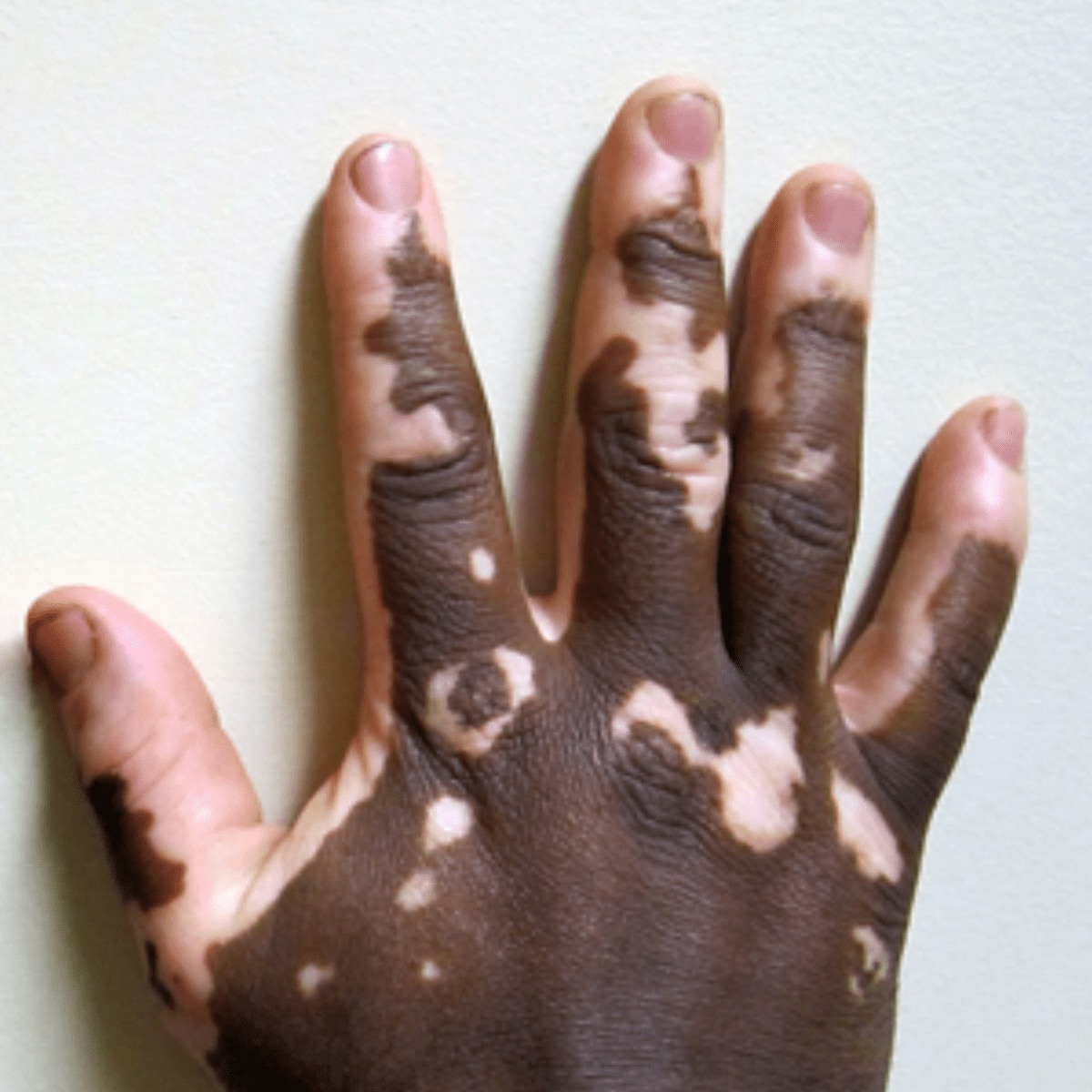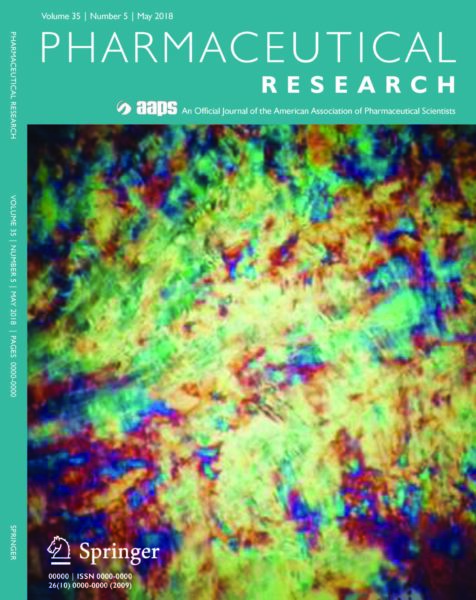
Successful in-vitro test shows potential for new treatment
Vitiligo is a disease characterized by loss of skin pigmentation due to the death of cells called melanocytes, responsible for melanin production. This disease afflicts up to 1% of the world population and current treatments are not effective and exhibit several side effects.
According to the most accepted theory, the disease results from an autoimmune reaction. It is known that one of the proteins involved in melanin synthesis, called TyRP-1, also functions as a melanocyte differentiation antigen, marking the melanocytes to be attacked by the immune system. Therefore, a possible strategy to thwart the progression of the disease is to prevent the production of TyRP-1.
Molecules called interfering RNA (or RNAi), as the name implies, interfere with the expression of specific genes. They induce the degradation of messenger RNA (mRNA) molecules, responsible for carrying DNA information to be decoded. Thus, the gene is prevented from signaling the production of the protein encoded by it.
RNAi molecules may represent an advance in the gene therapy of various difficult or non-existent treatment diseases. However, these molecules do not passively cross the membrane of the target cells and need to be combined with other materials so that they can be transported into the cells.
In a recent publication that was cover of the Pharmaceutical Research journal [1], Larissa B. Tofani et al. developed a liquid crystalline nanodispersion to promote the uptake of RNAi molecules by melanocytes to prevent the production of the TyRP-1 protein. Liquid-crystalline systems are interesting for this type of treatment because they are easy to obtain and capable of incorporating molecules of several types, sizes and polarities. These systems also protect and modulate the release of the active substance into the skin.
Among the several analyses performed by the group, the SAXS2 beamline of the Brazilian Synchrotron Light Laboratory (LNLS) was used to investigate the structure of the nanodispersion material before and after incorporation of the RNAi.
According to the researchers, the approach was tested in vitro and reduced the production of the TyRP-1 protein by melanocytes by more than 80%. The research therefore demonstrates the potential of liquid-crystalline systems for the development of a future topical treatment for vitiligo with the combination of nanotechnology and gene therapy.

Source: [1] Larissa Bueno Tofani, Lívia Vieira Depieri, Patrícia Mazureki Campos, Thalita Bachelli Riul, Kamilla Swiech Antonietto, Márcia Carvalho de Abreu Fantini, Maria Vitória Lopes Badra Bentley, In Vitro TyRP-1 Knockdown Based on siRNA Carried by Liquid Crystalline Nanodispersions: an Alternative Approach for Topical Treatment of Vitiligo, Pharm Res (2018) 35: 104. DOI: 10.1007/s11095-017-2330-0
Enzyme extracted from microorganisms from Amazonian lake shows potential for biofuel production
Research investigates mechanism of absorption and transport of zinc nanoparticles